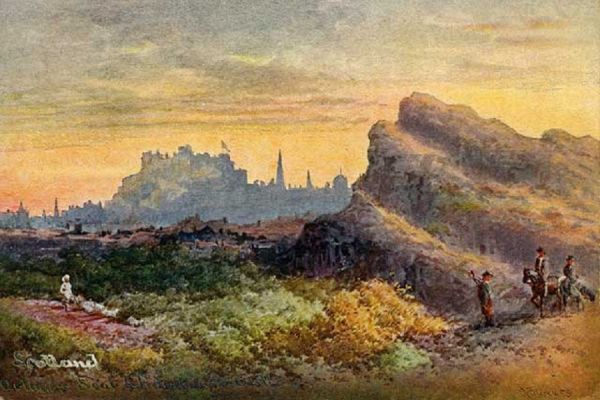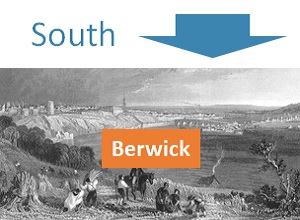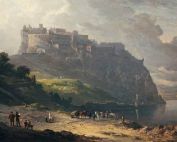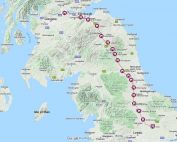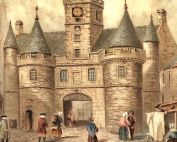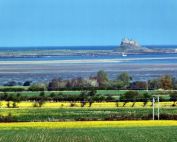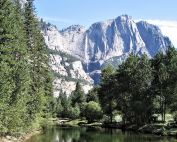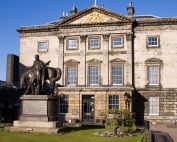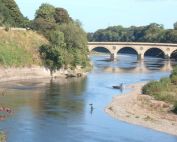Edinburgh and the Great North Road
Edinburgh. 392 miles from London we reach another capital city. With close ties to England for over 2000 years, its sea, road and rail links have played an important part in Edinburgh’s rise as a political and commercial centre for Scotland.
A ‘journey coach’ to London had been introduced in 1652; it took a fortnight to make the journey. In 1713 the main radial roads into Edinburgh were turnpike. Post Coach services between London and Edinburgh were launched in 1786.
About Edinburgh
By the 7th century a celtic hill fort known as Din Eidyn had been established on one of the prominent Edinburgh hills (Castle Rock, Arthur’s Seat or Calton Hill). Subsequently, the area came under the control of the Anglo-Saxon Kingdom of Northumbria – and largely remained so until the 10th century. In 1020 Malcolm II permanently annexed Edinburgh to Scotland.
In 1128 Holyrood Abbey was founded beneath Arthur’s Seat by David I. He went on to build the formidable royal castle which continues to dominate the city. By the mid 14th century Edinburgh was being described as the capital of Scotland. The city’s population grew over the next 500 years, but was constrained to a small area along the “Royal Mile”. Rich and poor lived in close proximity, and Edinburgh’s filthy wynds and overcrowded tenements were legend.
A unique initiative to address the problem was floated in 1750s. A New Town was to be built to the north of the ‘Nor Loch’ to attract back to Scotland the absentee noblemen who now lived in London. Fine architecture and street names such as George Street, Queen Street, Hanover Street, Frederick Street and Princes Street underlined the loyalty of the town council to the Union and the Hanoverian monarch George III.
Nor Loch was drained forming Princes Gardens. The Old and New Towns were linked in two ways – an artificial “Mound” and the “North Bridge”.
Industrialisation in Scotland was biased towards Glasgow and the Clyde. Glasgow had overtaken Edinburgh in terms of population by 1821. As engineering, cotton, coal and shipbuilding prospered elsewhere so Edinburgh developed its banking, insurance and printing services to support the new industries and growing population. Edinburgh became the most important financial city in Britain outside London. Some of the greatest publications of the period – notably the Encyclopaedia Britannica – were first produced in Edinburgh. The University of Edinburgh was founded in the 16th century and has grown in scope and scale, also becoming a key component in the make-up of a unique and vibrant city.
Explore Edinburgh
The images below provide links to additional information either on this website or elsewhere.
Edinburgh Then and Now
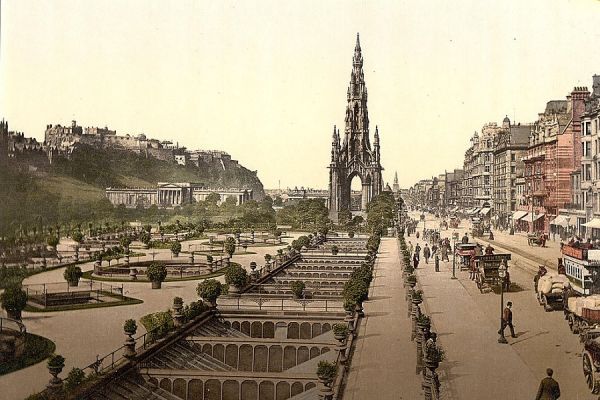
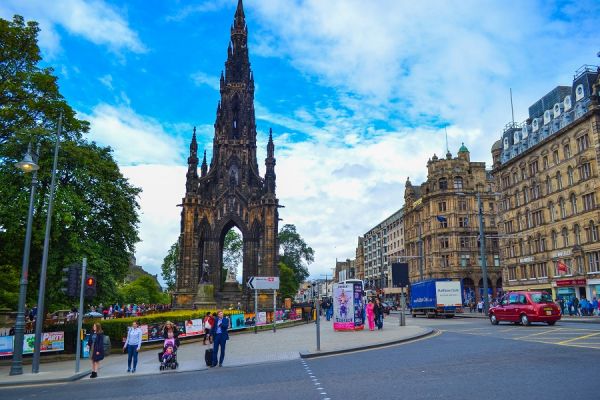
Margaret Tudor
Margaret Tudor was at the centre of relationships between England and Scotland. Aged 13 she made a triumphant journey to Edinburgh along the Great...
King James I
A meandering but triumphant journey south along the Great North Road marked the start of the reign of King James I in 1603. It was his first visit to England...
Edinburgh Castle
Edinburgh Castle is the northerly “bookend” of the Great North Road as St Paul’s Cathedral is in the south. Not strictly on the road but both...
Dere Street
Dere Street is the name generally used to describe the Roman road leading from York to the Firth of Forth. It was constructed by the military to secure the colonisation...
Edinburgh Coaching Inns
Arguably it was the Great North Road and the development of coaching services which was the precursor to the emergence of coaching inns and hotels in Edinburgh...
Lindisfarne
The Holy Island of Lindisfarne lies 4 miles from the Great North Road between Berwick and Newcastle. The Northumberland coast is magnificent, and Lindisfarne is...
John Muir
John Muir was a 19th century conservationist who pioneered the national parks concept in the USA. He was born in Dunbar in 1838. The citizens of...
The Banks of Scotland
Edinburgh's banks have long been at the heart of the city's success. The Great North Road was the basis of communication between Britain's two leading.....
River Tweed
The first record of a bridge over the Tweed near Berwick is of one that was destroyed by floods in 1199. A wooden bridge was in place during the following.....

